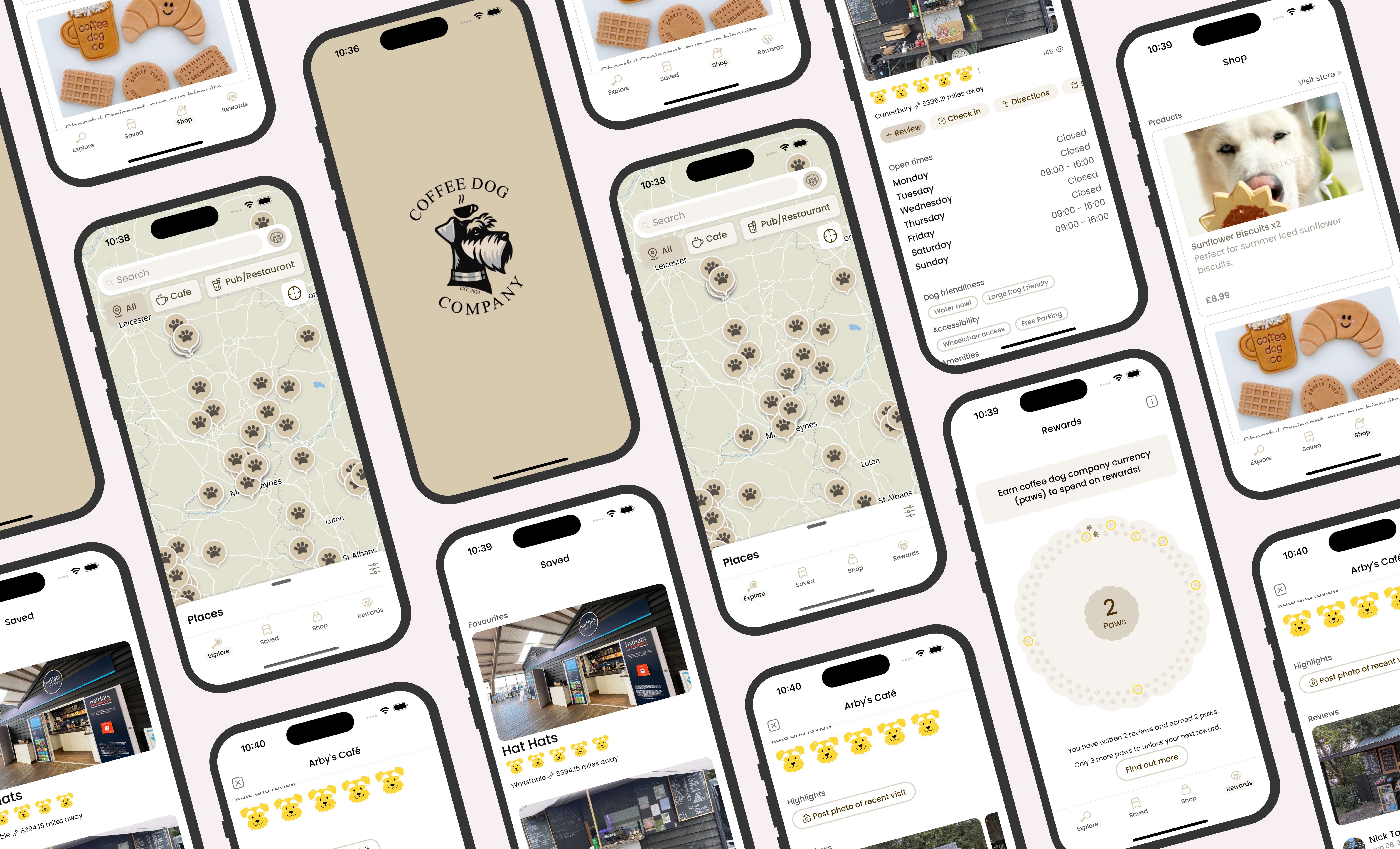We outline the many steps that are involved in creating a successful app, from planning and designing to developing and testing. We'll walk you through the app build process and share tips and best practices that we use at Tinderhouse.
Step 1: Define the app idea
The first step in building an app is to define the app idea. What problem are you trying to solve? Who is the target audience? What are the main features and benefits of the app? How will the app stand out from the competition? These are some questions you need to answer before developing the app. You can use mind maps, sketches, or wireframes to visualize and refine the app idea.
Step 2: Research the market
The next step in building an app is to research the market. Validate the app idea and see if it is required. Analyze the competitors and see what they are doing well and missing. Use tools like surveys, interviews, or focus groups to gather feedback from potential users and understand their needs and preferences—other tools like Google Trends, App Annie, or Sensor Tower to study market trends and opportunities.
Step 3: Choose a development approach
There are different ways to make an app, such as native, hybrid, or web. Each method has advantages and disadvantages, depending on the budget, timeline, and goals. Native apps are built for a specific platform (iOS or Android) using native languages (Swift or Kotlin). They offer the best performance, user experience, and access to device features, but they are more expensive and time-consuming to develop and maintain. Hybrid apps are built using web technologies (HTML, CSS, or JavaScript) and run on multiple platforms using a wrapper (such as Cordova or React Native). They offer faster and cheaper development and easier maintenance but have lower performance, user experience, and access to device features. Web apps are built using web technologies and run on any device with a browser. They offer the lowest cost and fastest development but compromise a little on performance, user experience, and access to device features.
Step 4: Design the app
Designing the app involves creating the app's user interface (UI) and user experience (UX). The UI is how the app looks, while the UX is how the app works. The app's design should be attractive, intuitive, and user-friendly. Use tools like Adobe XD, Figma, or Sketch to create mockups and prototypes of the app design. You can also use tools like InVision or Marvel to test the app design with real users and get feedback.
Step 5: Develop the app
Developing the app involves writing the code that makes the app function. Developers must follow the chosen development approach's best coding practices and standards. It also helps to use tools like GitHub or Bitbucket to manage the code versioning and collaboration. Also, use tools like Firebase or AWS Amplify to add backend services to the app, such as authentication, database, storage, or analytics.
Step 6: Test the app
Testing the app involves checking the quality and functionality of the app before its launch. It should be tested for bugs, errors, crashes, performance issues, security issues, compatibility issues, usability issues, and more. Tools like Xcode or Android Studio can test the app on simulators or real devices. You can also use tools like TestFlight or Google Play Console to distribute the app to beta testers and get feedback.
Step 7: Launch the app
Launching the app involves publishing it on the app stores (App Store or Google Play) and making it available for download. It's the developer's job to follow the guidelines and requirements of each platform for submitting the app. It also helps to create an appealing app store listing that showcases the app's features and benefits. App Store Connect, or Google Play Console can manage the app's distribution and updates.
Conclusion
Building an app is not a simple task, but it can be rewarding when the proper steps and tools are used. We're here at Tinderhouse to help create your app, so get in touch if you have a great idea for an app.
Need an app?
Get in touch with us to talk about how we help with create an app of your own or use our app price calculator to get a quote for your app.




